Imagine a computer chip that can run AI-powered image recognition operations at a mind-boggling speed, 22 times faster than those ordinary chips you find in your everyday gadgets.
But it continues; it does this with 25 times the energy efficiency. Meet the NorthPole computer chip, the brainchild of IBM researchers, and it's set to revolutionize the world of technology.
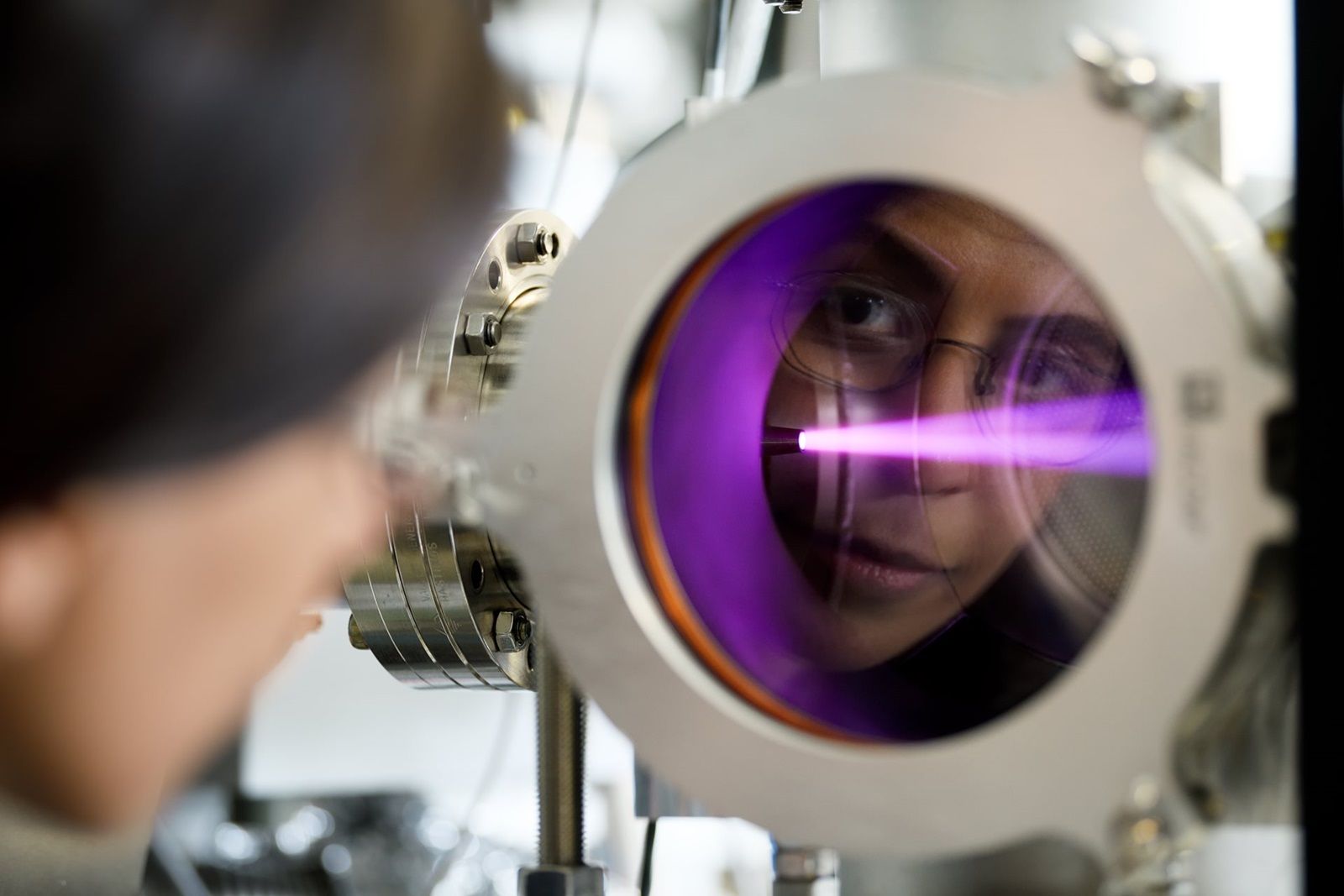
Especially in Artificial Intelligence (AI) segments. But do you know the crazy part is the human brain inspires this NorthPole computer chip?
In computing, there's a term you might not have heard often: the Von Neumann bottleneck. This mouthful of a term essentially means that computers slow down because they have to wait for information to move back and forth between their memory and processing units.
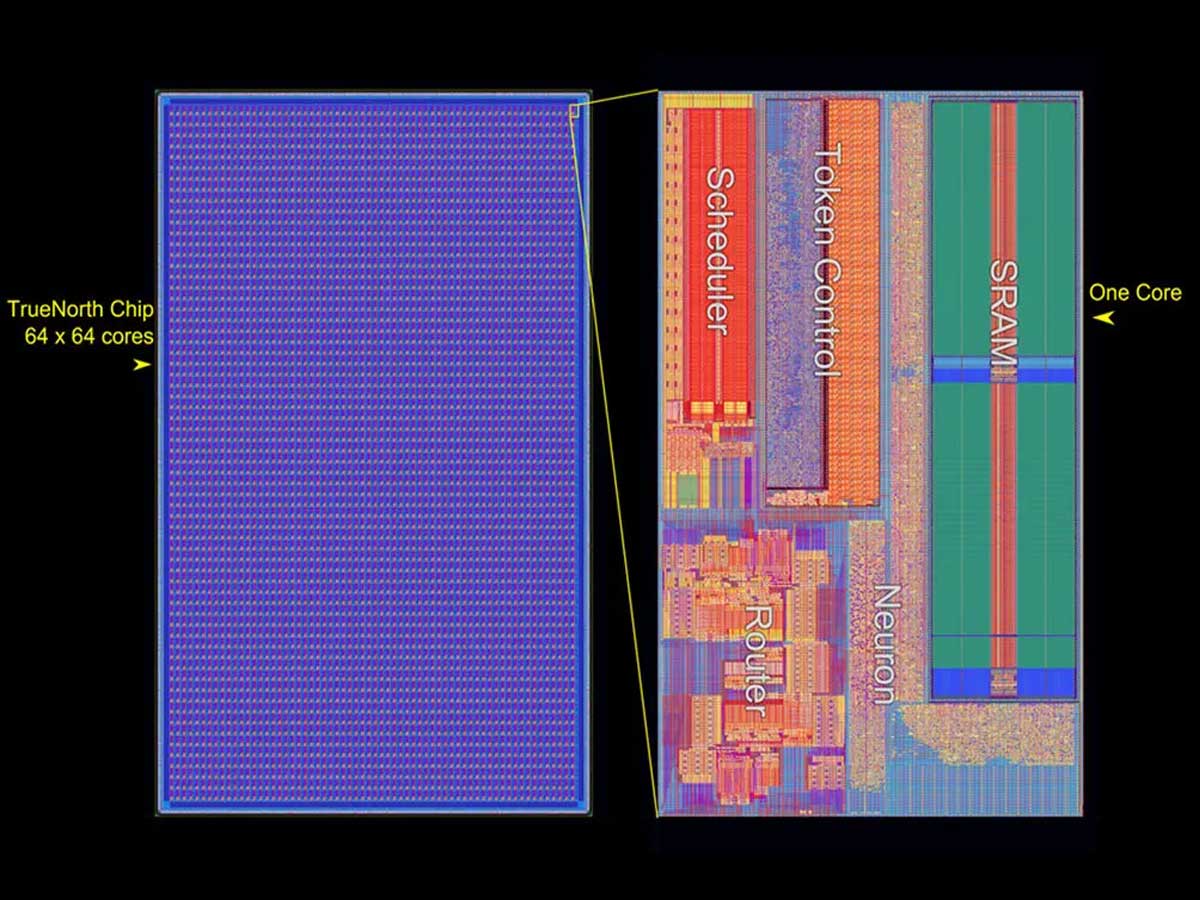
The NorthPole chip is designed to have computational power intertwined with memory blocks, just like the way our human brain seamlessly connects different parts. This means it can perform tasks without getting slowed down by the pesky bottleneck.
The Evolution: From TrueNorth to NorthPole
Before the NorthPole chip, there was another brain-inspired chip called TrueNorth. IBM had already ventured into the territory of chips that mimic our brain's functioning. TrueNorth was a pioneering attempt in that direction, but it was like the rough draft of a masterpiece.

NorthPole has something that TrueNorth didn't—compatibility with contemporary silicon chip technology. While TrueNorth was a visionary concept, NorthPole is the real deal. It's designed to work seamlessly with the kind of technology that powers today's computers, making it a game-changer in the world of AI and computing.
Inside the NorthPole Chip: A Marvel of Design
So, what makes the NorthPole chip this amazing and fast?
It's structured as a 2D array where numerous computing cores and memory blocks are intertwined in a beautifully orchestrated dance.
Now, what's truly groundbreaking is the chip's digital architecture. It's like the brain's neural connections, where everything is interconnected. What this means is that every computing core can access not only its nearby memory blocks but also those farther away. This is a game-changer in terms of how efficiently data is processed.
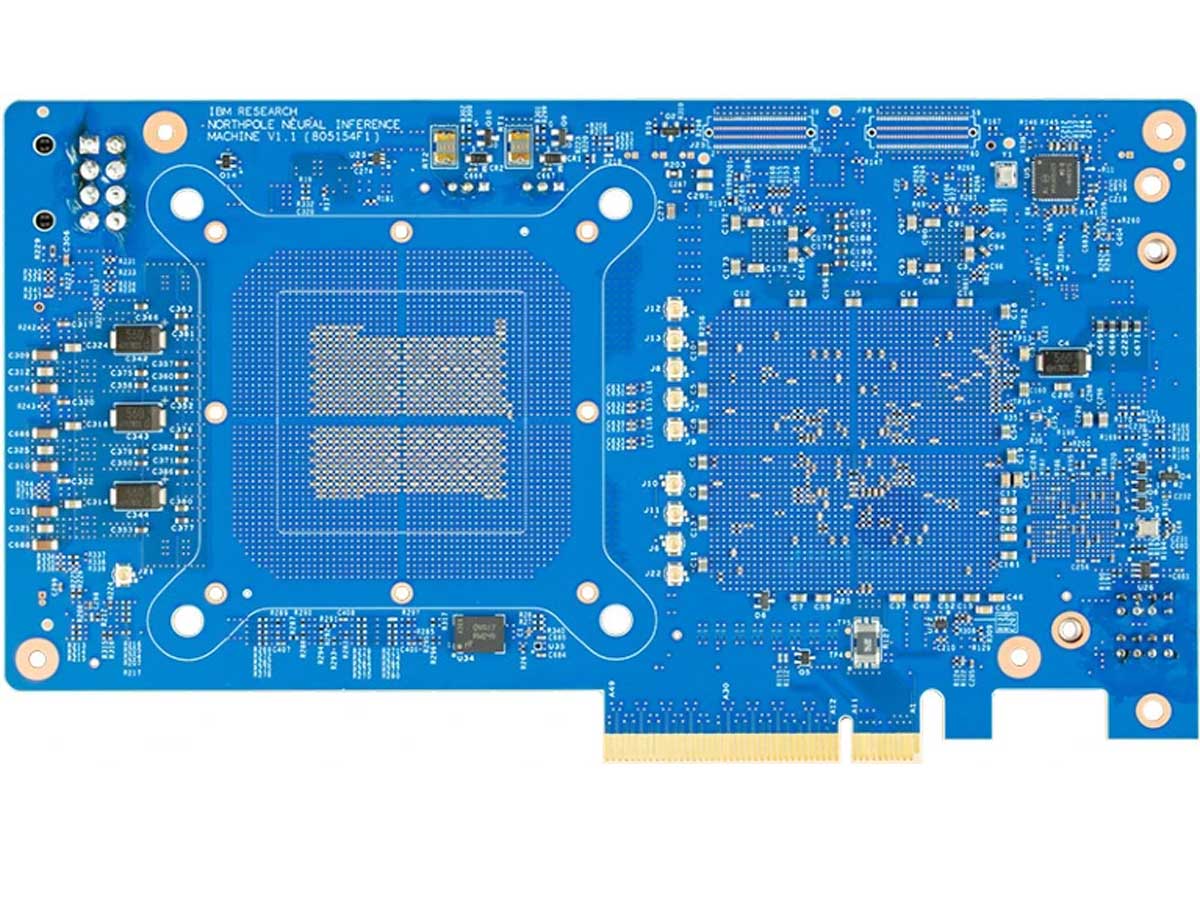
We owe credit to the brilliant minds of Subramanian Iyer and Vwani Roychowdhury at the University of California, Los Angeles, for shedding light on this innovative architecture.
Benchmarking Excellence: NorthPole's Superior Performance
IBM researchers conducted a jaw-dropping demonstration that left the tech world buzzing. They showed how NorthPole is working and how fast it is.
First up, we have image recognition. NorthPole doesn't just excel; it dominates. It's like a hawk with a keen eye for detail, processing images faster and more accurately than any other commercial chip. Even the big players like NVIDIA have to tip their hats in respect.
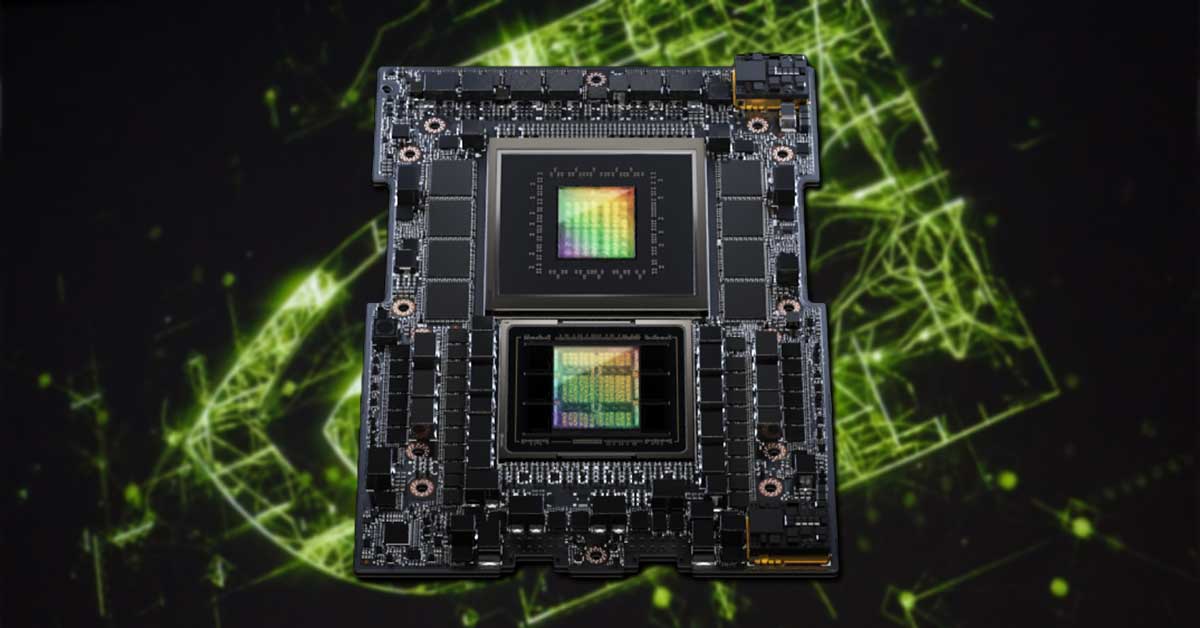
Have you ever heard about - performance per transistor? These are the tiny electronic switches at the heart of computing technology, and NorthPole packs a whopping 22 billion transistors into a space of just 800 square millimeters.
NorthPole is a specialized chip for AI processes. It's not designed for tasks like AI training or handling large models. But here's the exciting part: They're exploring using multiple NorthPole chips to support those large language models (LLMs).
A brilliant mind at the University of Massachusetts Amherst, Hava Siegelmann, believes that chips like NorthPole could be even more incredible if they could learn and adapt continuously.
Specialization and Future Prospects of NorthPole
NorthPole is a chip specializing in AI tasks. While it's a maestro at tasks like image recognition and AI processing, it's not your all-in-one computer chip. For instance, AI training, a process where AI models learn from data, is not in its repertoire. And if you're thinking about those larger-than-life AI models, NorthPole might need a bit of help there.
Remember how we mentioned the possibility of using multiple NorthPole chips? That could be the solution for most of those issues. But IBM is charting a course into uncharted territory, so they are kinda alone for now.
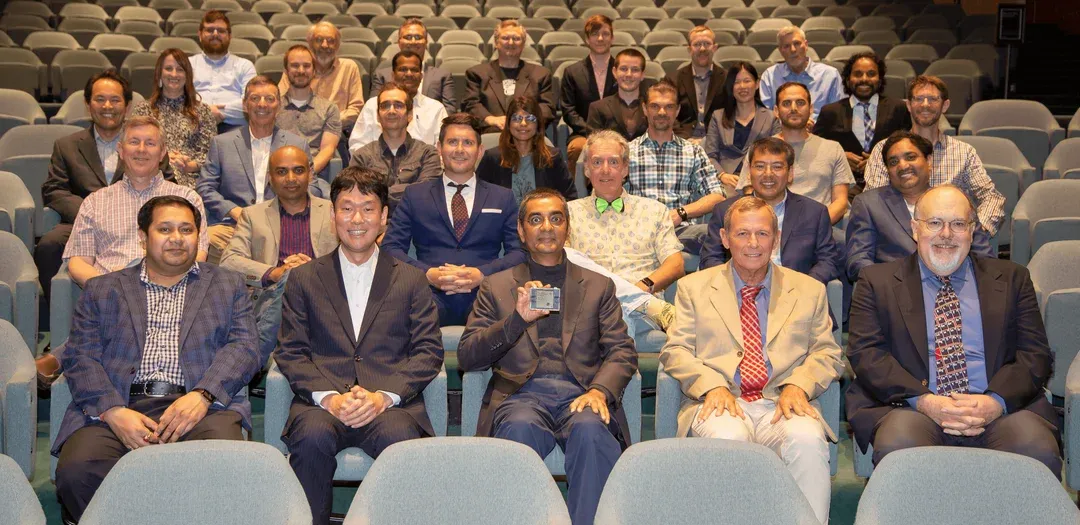
Hava Siegelmann, a brilliant mind from the University of Massachusetts Amherst, brings a visionary concept to the table – lifelong learning for AI within the framework of NorthPole.
Imagine AI not as a static entity but as a dynamic learner. This is what Siegelmann envisions, and it's a game-changer. The current scenario involves AI models being trained separately and then performing their tasks. But what if AI could do both simultaneously? Let me tell you more simplifiedly: NorthPole Chip can learn while doing.
The implications of this concept are profound. If realized, it could make AI more adaptable, more responsive, and ultimately, more intelligent.
NorthPole Chip is Not Just a Prototype
IBM's NorthPole serves more as a proof of concept rather than a fully competitive chip when compared to industry leaders like AMD and Nvidia (Nvidia got the GH200 Super Chip, and it specializes in AI-related tasks).
For instance, it only incorporates 224MB of RAM, which falls far short of the capacity required for AI applications or running large language models (LLMs). Which simply won't cut it for big language models like the one powering ChatGPT.

These language models gulp down several thousand megabytes, even in their most basic forms. Plus, NorthPole is limited to running pre-set neural networks that must be trained ahead of time on a different machine.
NorthPole's game plan is all about getting memory units as close as they can to the main computing bits in the core.
Furthermore, this chip is limited to running pre-programmed neural networks that have been trained on separate systems. Researchers assert that if NorthPole were to be designed with today's cutting-edge manufacturing standards, it could achieve energy efficiency 25 times superior to the best GPUs and CPUs available.
NorthPole chip Commercialization might not be right around the corner, but its significance is undeniable. Redesigning digital architecture to enhance AI performance is a monumental task. However, the implications of this transformation are far-reaching.
One of the key areas where NorthPole is expected to shine is in self-driving vehicles and aircraft.
It's a reminder of how far we've come in computing. IBM, a pioneer in the field, has once again pushed the boundaries of what's possible.













